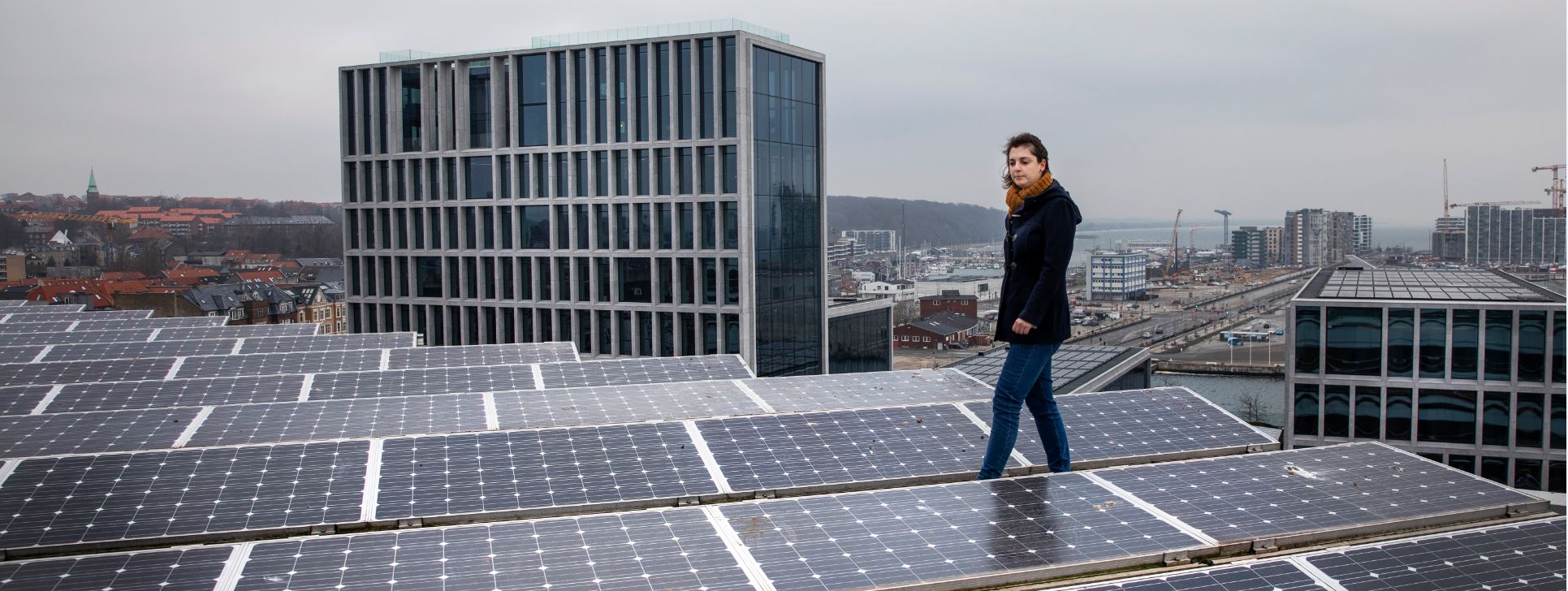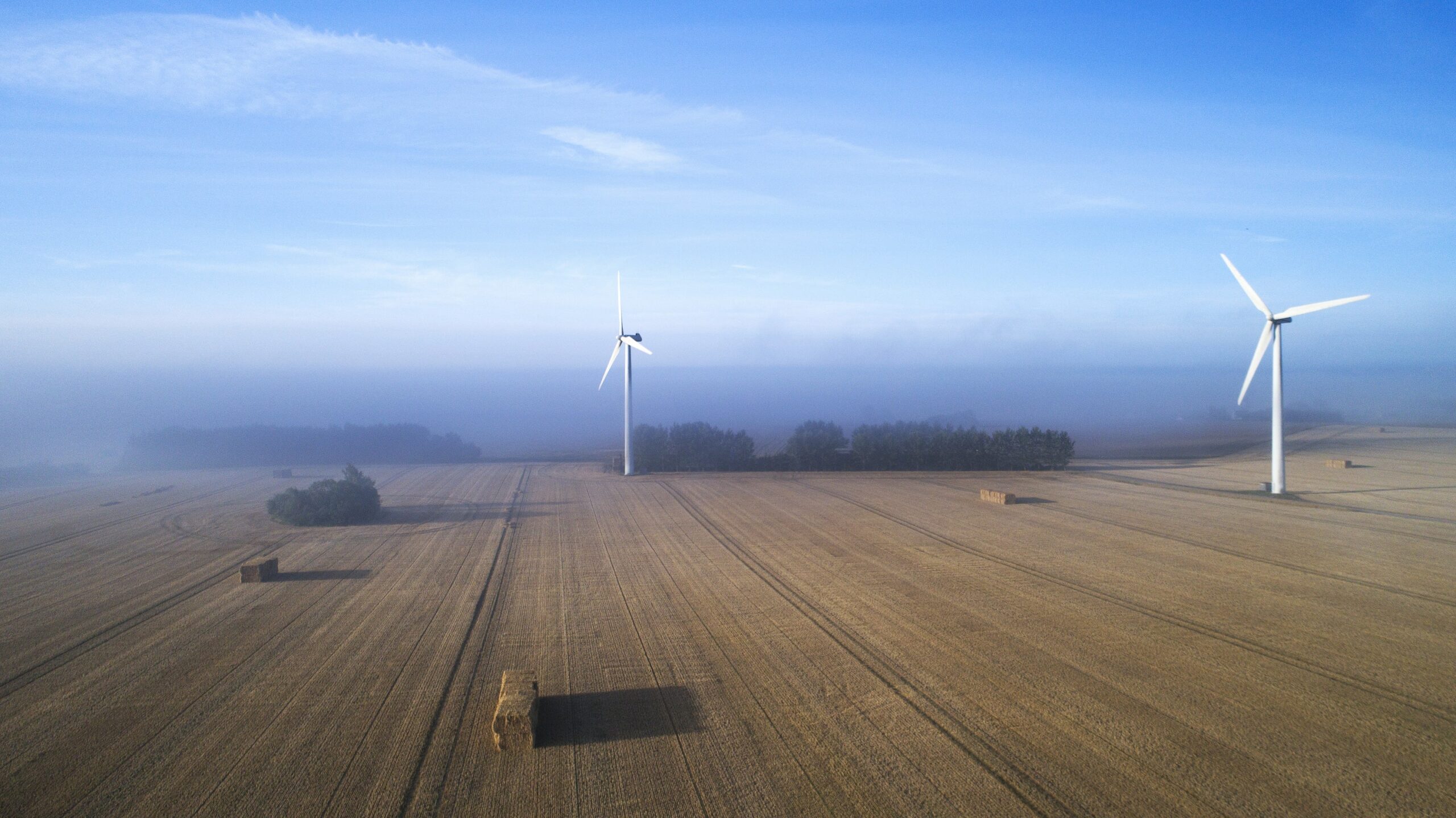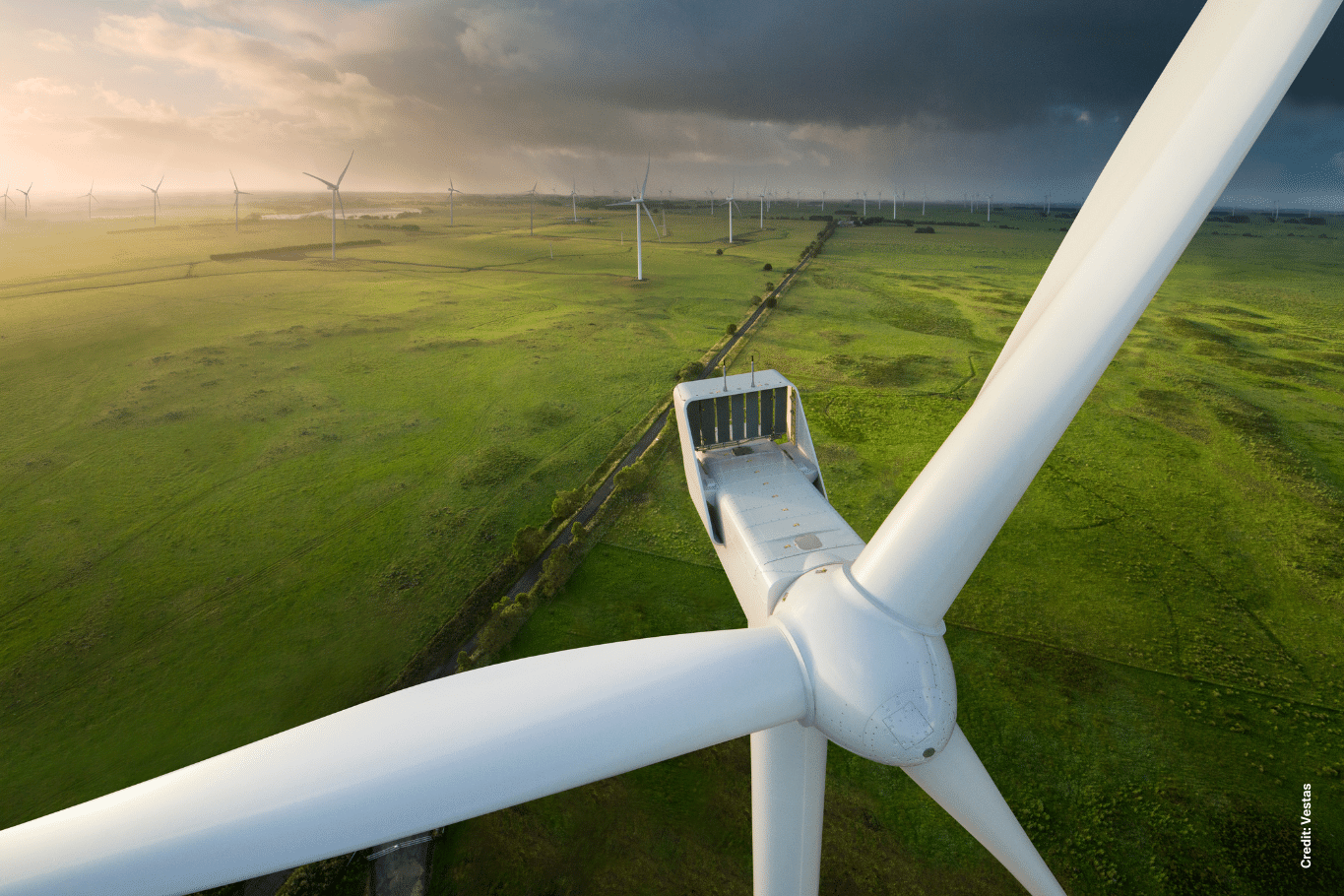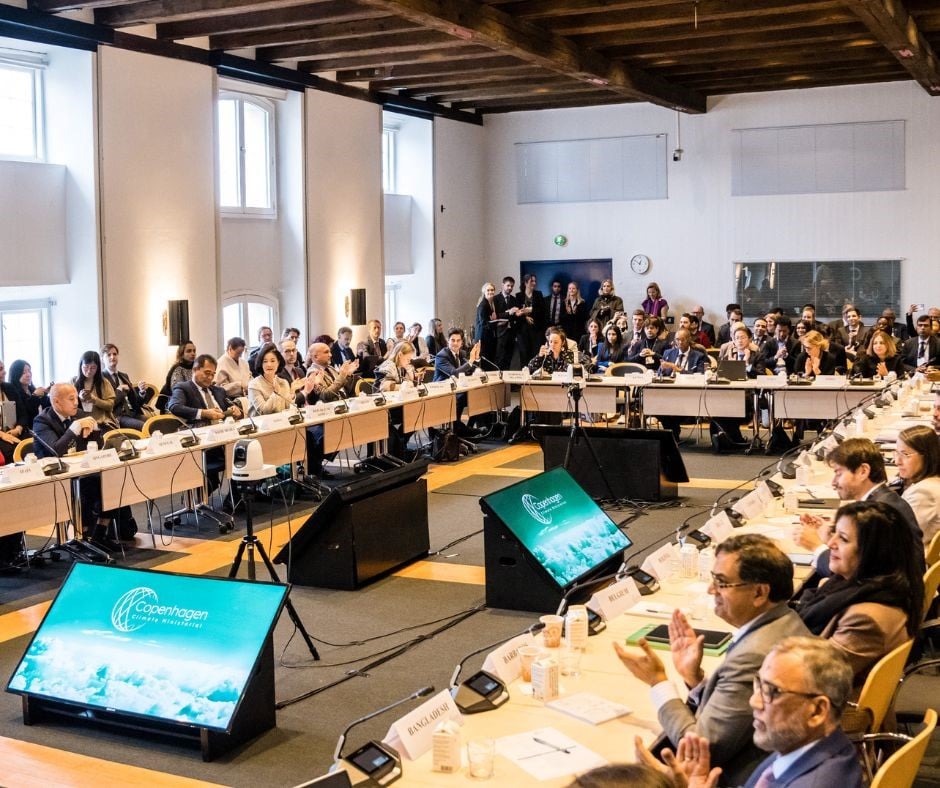News
Solar energy
Solar thermal energy
New tool to design the future energy system


If 10 percent of the Danish energy system is to be powered by solar energy in 2030, what would then be the most ideal way to install the solar cells looking at it from a socio-economic spectre – on the roofs or in the fields? And what would the consequences be if a battery facility was attached to these cells?
A new and easily accessible version of the model for calculating energy will soon give politicians and others a well-founded answer to these type of questions.
- Related news: Think Tank: EU Carbon Prices May Skyrock In The Coming Years
The model was developed by research scientists at DTU Management as part of the energy agreement from 2012 and is already applied by the Danish Energy Agency, by counsellors and for research at DTU. But now the model is going to be introduced to an even broader audience, Head of the System Analysis Team, Kenneth Karlsson, from DTU said:
- We are working towards a model, which gives everyone the opportunity to log on and try to assemble the building blocks of the energy system in different ways.
Politicians invited for demo
The politicians working with energy in the Danish parliament have recently been invited to a demonstration of the new tool and additionally, the parties have been offered a test of their objectives or ideas regarding the future energy negotiations.
During summer and autumn, a user-friendly web-interface is expected to be released, which will enable everyone to take on the role of a politician and define scenarios and interpret results in the quite complicated Danish energy system:
- For this to work, we need to run all the different combinations in advance. We expect it to be ready by the end of summer, said Kenneth Karlsson.
The first presentation of the public web-interface takes place at a Nordic energy seminar in late May.
- Related news: Bananas Used For District Heating In Horsens, Denmark
The energy tax system is included
The new model, which is called TIMES-DK, is a technical-economic model which covers all sectors in Denmark with a detailed representation of the power and district heating sector, buildings, industrials and transportation.
Additionally, the model is able to analyse the Danish energy tax system, which means that the consequences of any changes can be calculated taking into account the Danish state’s yield.
Overall, the model can illustrate objectives and political means across all sectors.
- Source: Ingeniøren















